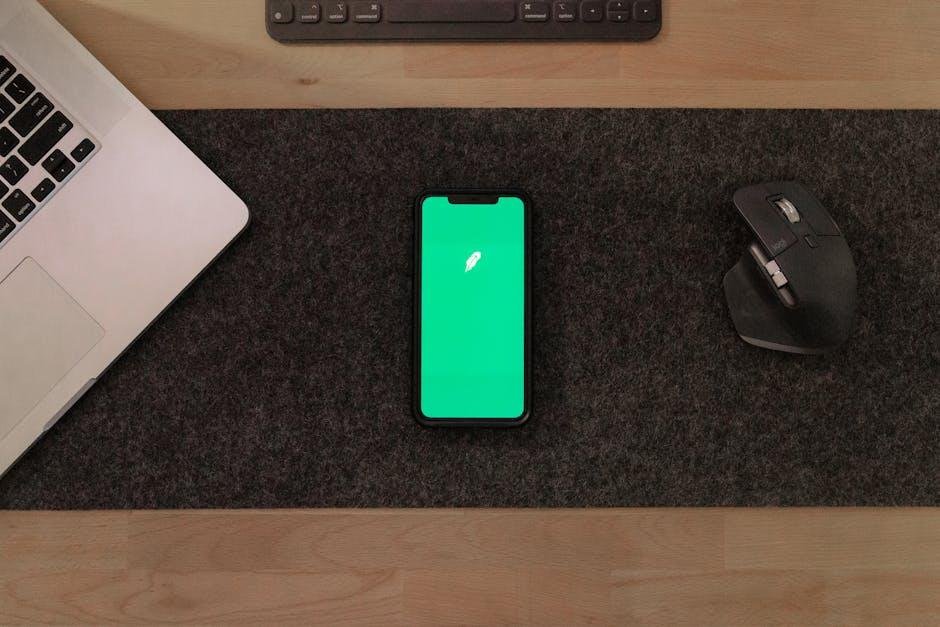In the ever-evolving landscape of consumer financing, the age-old practice of trade-ins has emerged as a significant player, influencing not only the affordability of your new purchase but also the dynamics of your financing options. Whether you’re upgrading to the latest smartphone or stepping into a brand-new car, the value you receive for your old item can shift the balance in your favor. But how exactly do trade-ins shape the financial decisions you face? This article delves into the intricate relationship between trade-ins and financing, exploring how they can enhance your purchasing power, impact loan terms, and offer potential savings that may not be immediately apparent. As we navigate this complex interplay, you’ll gain insight into making informed choices that align with your budgetary goals while maximizing the benefits of your existing assets. Join us as we unpack the nuances of trade-ins and their pivotal role in your financial journey.
Understanding the Value of Your Trade-In in the financing Equation
When considering a vehicle purchase, it’s essential to recognize how your trade-in can considerably influence your financing strategy.A well-valued trade-in can perhaps lower the overall price of your new vehicle, thereby reducing the financing amount you’ll need. This diminishes both your monthly payment and the total interest paid over the loan’s life. When negotiating the value, it’s vital to research your trade-in’s worth using online valuation tools or consulting local dealerships. Your trade-in value serves not merely as a down payment; it reflects the equity you’ll bring into the new arrangement, which can shift the balance in your favor.
Moreover,understanding the financing options available to you can empower your negotiations. Lenders often view an individual with a substantial trade-in as less of a risk, which may lead to more competitive interest rates or favorable loan terms. Consider the following aspects when assessing your financing options:
- Equity in Trade-In: Determine how much your trade-in is worth compared to its remaining balance.
- Down Payment Impact: Assess how your trade-in can serve as a down payment and reduce financing costs.
- Loan Terms: Explore different lenders’ offerings and how they react to the increased equity.
| Trade-In Scenario | Loan Amount Needed | Monthly payment Estimate |
|---|---|---|
| $10,000 trade-in | $15,000 | $300 |
| $5,000 trade-in | $20,000 | $400 |
| No trade-in | $25,000 | $500 |
Incorporating these factors into your trade-in assessment will not only clarify your immediate expenses but also enhance your overall financial maneuverability. Crafting a deal that leverages your trade-in effectively can pave the way for a smoother transition into your next vehicle, ensuring you’re not just driving off with a new ride but also a beneficial financial outcome.

Evaluating Trade-In Offers and Their Impact on Loan Terms
When considering a trade-in, it’s crucial to evaluate the offer thoroughly, as it directly impacts your financing options. A higher trade-in value can significantly reduce the amount you need to borrow for your new vehicle, potentially leading to more favorable loan terms. Here are some key aspects to consider:
- Equity in your Trade-In: If your trade-in is worth more than the balance on your current loan, this equity can be applied to your new purchase, effectively reducing your loan amount.
- Dealer Incentives: Some dealerships may offer additional bonuses or incentives for trade-ins, which can further enhance your overall financing proposal.
- Impact on Monthly Payments: A substantial trade-in can lower your monthly payments,making it easier to manage your budget and financial commitments.
To provide clarity on how trade-in values correlate with potential financing outcomes, consider the following table:
| Trade-In Value | Loan Amount | Estimated Monthly Payment |
|---|---|---|
| $5,000 | $25,000 | $450 |
| $10,000 | $20,000 | $360 |
| $15,000 | $15,000 | $270 |
Understanding these dynamics can empower you to negotiate a better deal, ensuring that your financing aligns with your financial goals. Always do your homework on your vehicle’s value and remain open to negotiating the trade-in offer to maximize its impact on your overall financing strategy.

Maximizing Your Trade-In Value for Better Financing Deals
When it comes to trade-ins, presenting your vehicle in its best light can significantly enhance its value, which in turn offers better financing options. Consider these effective strategies to maximize your trade-in value:
- Clean and Maintain: A thorough cleaning—both inside and out—improves first impressions. Regular maintenance can show potential buyers that the vehicle has been well cared for.
- Gather Documentation: Compile service records, manuals, and any receipts for upgrades or repairs. This documentation reassures buyers and can contribute to higher offers.
- Research Market Value: Utilize online resources to gauge your car’s current market value. Knowledge of what similar vehicles are selling for enables you to negotiate effectively.
- Consider Timing: Certain times of the year might yield higher trade-in offers. Research peak seasons for buying vehicles to get the best deal.
Along with enhancing the value of your trade-in, assessing your vehicle’s equity can also lead to more favorable financing terms. Paying off any outstanding loans before trading in can provide a clearer path to better deals. Consider these calculations:
| Vehicle Value | Loan Balance | Equity |
|---|---|---|
| $20,000 | $10,000 | $10,000 |
| $25,000 | $15,000 | $10,000 |
| $30,000 | $20,000 | $10,000 |
Understanding your equity position not only prepares you for negotiations but also positions you for possible lower interest rates and better loan terms. Strategically maximizing these aspects can lead you to more favorable financing options in your next vehicle purchase.

Strategic Considerations for Using Trade-Ins to Enhance Your Purchase Power
When considering the advantages of trade-ins, it’s essential to evaluate how they influence your overall purchase experience. Trade-ins can significantly boost your down payment, thereby lowering your financing amount. This can lead to reduced monthly payments and potentially more favorable interest rates. Additionally, leveraging a trade-in offsets the initial cost of your new purchase, allowing you to explore higher-value options that might have been outside your budget. Key factors to keep in mind include:
- Market Value: Assess the current market value of your trade-in to ensure you receive a fair offer.
- Loan Terms: Understand how the equity from your trade-in can affect your loan terms.
- Timing: Evaluate the best time to trade in your vehicle for maximum financial benefit.
moreover, trade-in negotiations can be a powerful tool in your financing strategy. When you approach your dealer, having your trade-in as a bargaining chip can provide leverage, encouraging them to offer more competitive financing rates. It’s also wise to research financing options prior to the trade-in as it empowers you to negotiate from a position of knowledge. To illustrate this, consider the following factors:
| Factor | Impact on Financing |
|---|---|
| Equity in Trade-In | Can lower the loan amount needed |
| Condition and Age | Affects trade-in value, influencing down payment |
| Credit Score | May determine financing terms and interest rates |
In Summary
trade-ins can be a significant factor in shaping your financing options, often serving as a bridge between your budget and your dream vehicle. By understanding the various ways in which your old car’s value can influence loan amounts, interest rates, and overall payment structures, you empower yourself to make informed decisions. Whether you’re a seasoned buyer or venturing into the automotive market for the first time, recognizing the interplay between trade-ins and financing can uncover hidden opportunities for savings. As you explore your options, remember that knowledge is your strongest ally in navigating the complex world of car financing.So, equip yourself with the data at hand, negotiate wisely, and drive away not just with a new vehicle, but with a financing strategy tailored to your needs. Happy driving!


